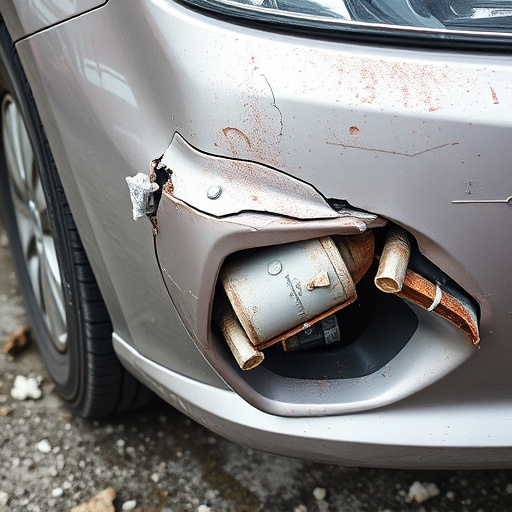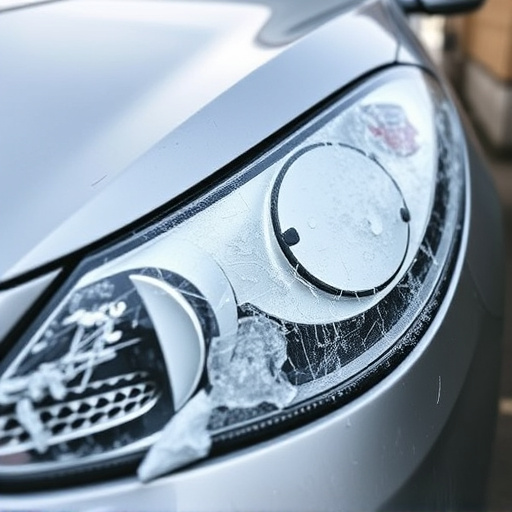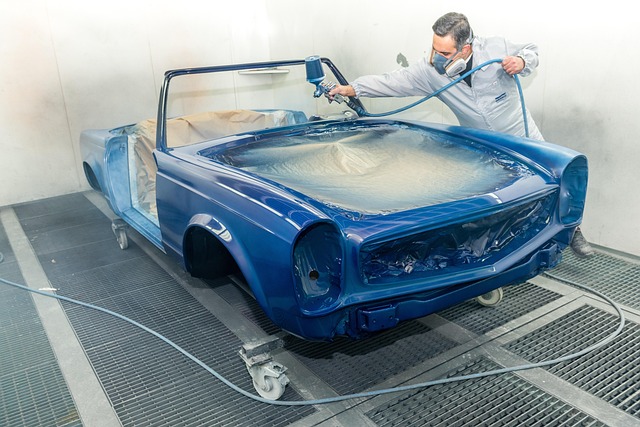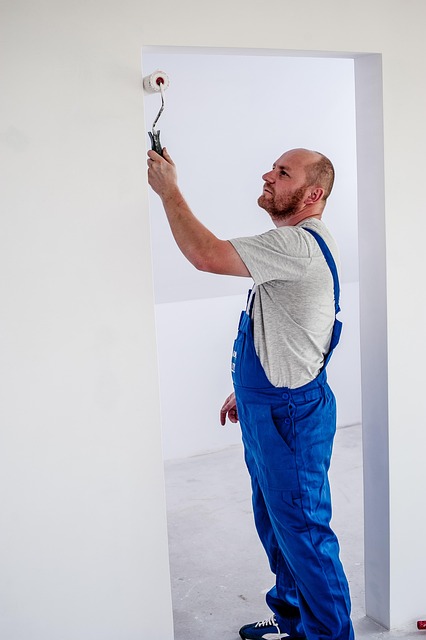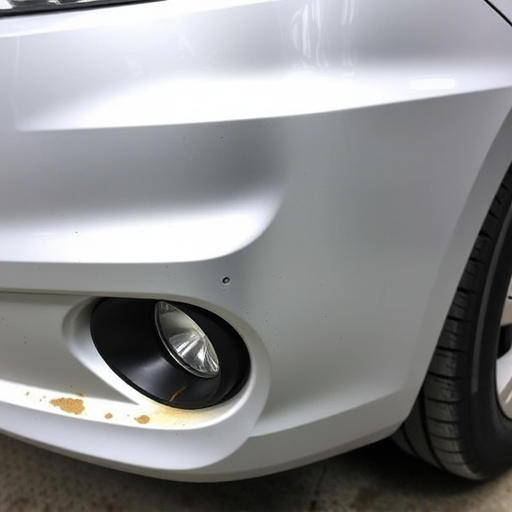Diagnose and repair common Mercedes sequential turn signal issues like flickering signals (faulty wiring, control modules), non-illumination (power/ground problems), and bulb failures. Demonting key components, inspecting for damage, checking control units for errors, replacing worn parts, and ensuring precise connections are crucial steps in Mercedes sequential turn signal repair, best handled by auto body shops specializing in Mercedes vehicles to guarantee quality and expertise.
Unravel the complexities of Mercedes sequential turn signal repair with this comprehensive guide. Learn how to diagnose common issues plaguing these advanced lighting systems, from flickering lights to delayed activations. Master the art of demonting and inspecting components, identifying faulty parts that require replacement for optimal functionality. By understanding these basics, you’ll be equipped to address minor problems and ensure your Mercedes’ turn signals operate seamlessly on the road.
- Diagnosing Common Issues in Mercedes Sequential Turn Signals
- Demonting and Inspecting the Turn Signal Components
- Replacing Faulty Parts for Efficient Signal Functionality
Diagnosing Common Issues in Mercedes Sequential Turn Signals
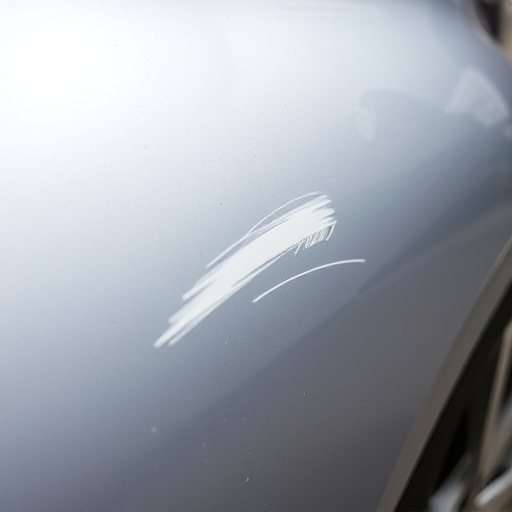
Diagnosing common issues in Mercedes sequential turn signals is a crucial step in performing an effective Mercedes sequential turn signal repair. One of the most frequent problems is flickering or intermittent signals, often caused by faulty wiring or a damaged control module. A car dent removal expert might not be the ideal solution here; instead, you should seek an auto body shop with specialized knowledge in vehicle body repair for accurate diagnosis using advanced tools. Another common issue is the failure of individual bulbs, which can be identified through visual inspection and further confirmed by testing each bulb’s functionality.
In some cases, the turn signals may not be illuminating at all, indicating a problem with the power supply or ground connection. An experienced mechanic will check for loose connections, corroded terminals, or damaged fuses to address these issues. Additionally, the control module responsible for managing the sequential turn signal operation might require replacement if it’s found to be faulty after thorough testing. This process demands precision and expertise, making it best left to a trusted auto body shop specializing in Mercedes vehicles to ensure a seamless Mercedes sequential turn signal repair.
Demonting and Inspecting the Turn Signal Components
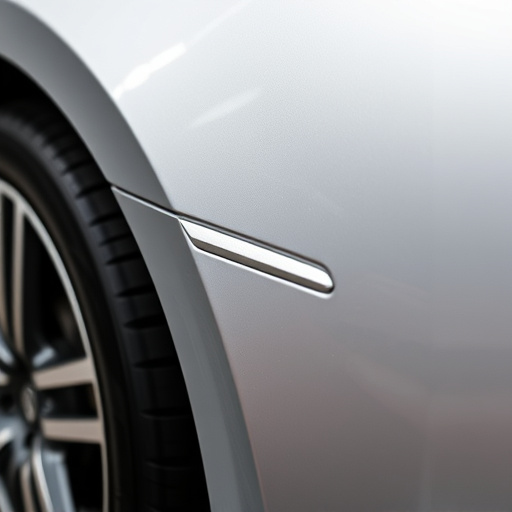
When performing a Mercedes sequential turn signal repair, the first step is to carefully demonting and inspecting all relevant components. Begin by locating the turn signal modules, which are typically situated behind the headlight assembly or within the vehicle’s fenders. Next, gently remove the existing signals, taking note of their orientation and any connected wires. This meticulous process allows for a thorough assessment of each part, identifying any worn-out or damaged pieces.
During inspection, look for signs of corrosion on the wiring, cracks in the signal lenses, and wear and tear on the mechanical parts. The turn signal control unit should be checked for any code errors or performance issues. This step is crucial as it ensures that each component is in optimal condition before proceeding with repairs, making way for effective fleet repair services or comprehensive auto body repairs in case of extensive damage, particularly following a collision repair.
Replacing Faulty Parts for Efficient Signal Functionality
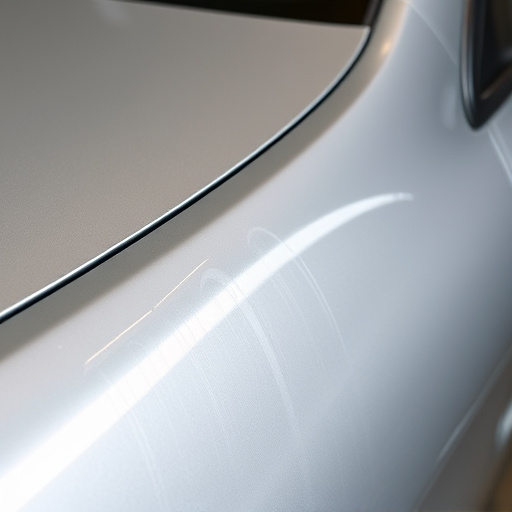
When performing a Mercedes sequential turn signal repair, replacing faulty parts is paramount for ensuring efficient signal functionality. The intricate nature of modern vehicle systems demands precision and attention to detail. One misaligned or damaged component can disrupt the entire sequence, leading to inaccurate signaling. Therefore, it’s crucial to inspect and replace parts like bulb assemblies, wiring harnesses, and control modules if they exhibit signs of wear, corrosion, or damage.
Proper replacement involves sourcing high-quality, compatible parts that meet Mercedes-Benz standards. This may include tasks such as disassembling the turn signal assembly, testing new components, and ensuring proper connections. Skilled technicians often employ advanced diagnostic tools to identify issues and verify the integrity of electrical circuits. Beyond part replacement, considerations for collision damage repair or frame straightening might also be necessary if the vehicle has sustained previous structural harm, further emphasizing the importance of expert intervention for seamless Mercedes sequential turn signal repair.
The process of repairing a Mercedes sequential turn signal involves understanding common issues, carefully demounting and inspecting components, and replacing faulty parts. By following these steps, car owners can ensure optimal signal functionality, enhancing safety on the road. When it comes to Mercedes sequential turn signal repair, knowledge is power—empowering you to maintain your vehicle’s critical signaling system effectively.



